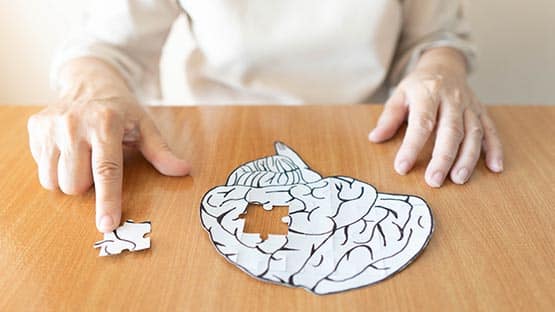
The Virginia Department of Health’s Office of Drinking Water announced the launch of a statewide voluntary Lead Testing in Drinking Water at Schools and Child Care Centers in Virginia program.
This free program will test for lead in drinking water in select Virginia public schools and child care centers.
The purpose of this program, funded by the Environmental Protection Agency, is to help Virginia public schools and child care centers identify lead occurrences in their drinking water and reduce exposure.
“This program is an amazing opportunity to partner with schools and child care centers to help identify and reduce lead exposure in drinking water in children,” said Dr. Tony Singh, deputy director of the Office of Drinking Water. “Every action we take to reduce lead exposures improves the health of our children.”
Currently, the program has approximately $1.1 million in funding, which will cover collecting and analyzing 40,000 samples.
Selection to the program is based on:
- Available funding with prioritization based upon the affordability criteria established by the state under the Safe Drinking Water Act
- To include schools with at least 50 percent of the children receiving free and reduced lunch and head start facilities
- Priority will be given to elementary schools and child care centers that primarily serve children 6 years and under
- Priority will be given to older facilities that are more likely to contain lead plumbing.
Selected schools/child care centers will be notified by the VDH team.
Protecting children from lead exposure is important for lifelong health, according to the Center for Disease Control and Prevention and the EPA. Lead is especially harmful to the health of children because it can interfere with brain development.
Lead can enter drinking water when plumbing materials that contain lead corrode, especially where the water has high acidity or low mineral content. The most common sources of lead in drinking water are lead pipes, faucets, and fixtures. Lead pipes are more likely to be found in older cities and homes/buildings built before 1986 before the SDWA banned lead in plumbing fixtures.
To learn more about this program or to enroll, visit leadinvawater.org










